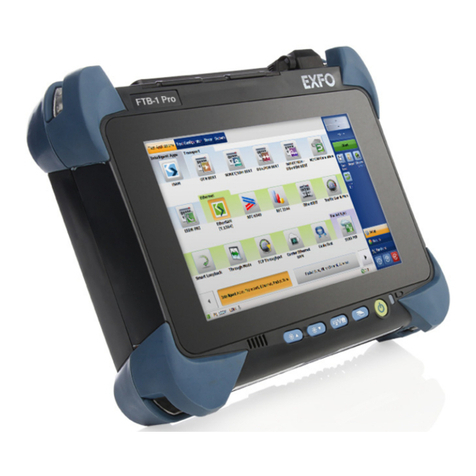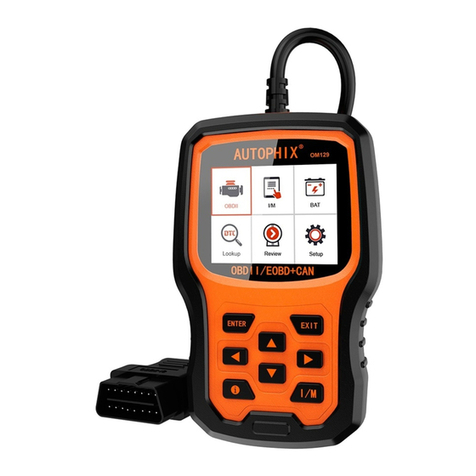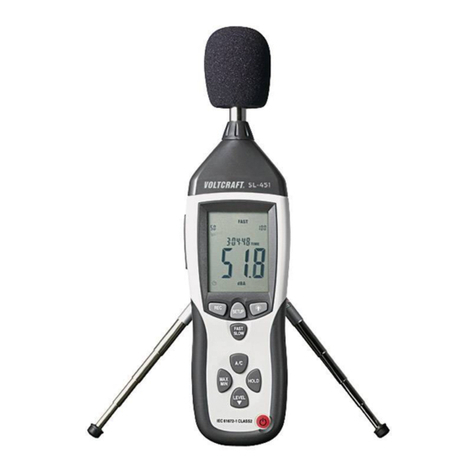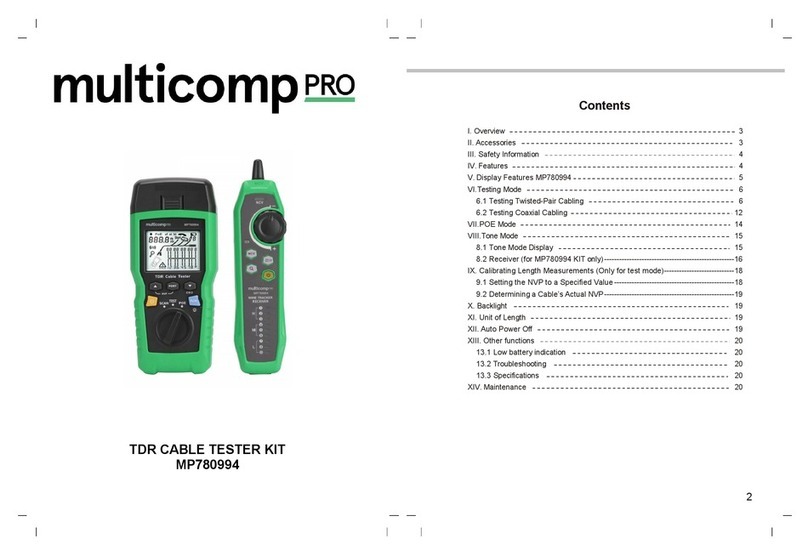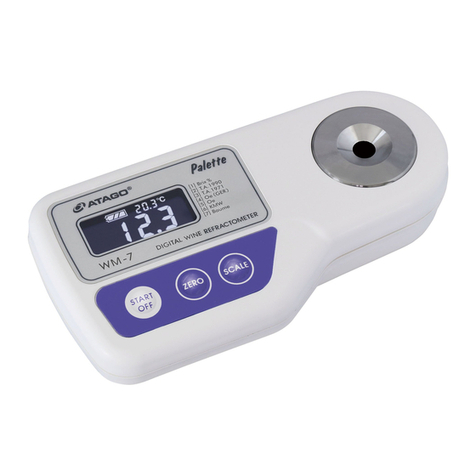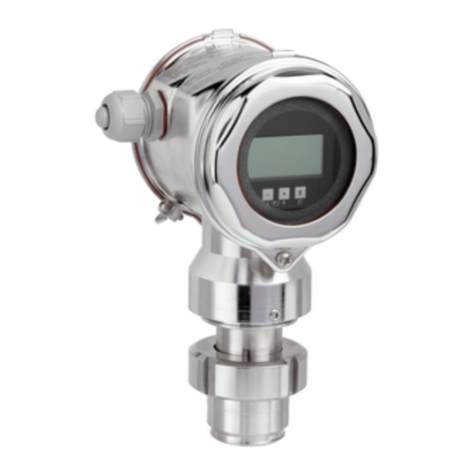EXFO EPM-50 User manual




















Other manuals for EPM-50
1
This manual suits for next models
8
Table of contents
Other EXFO Measuring Instrument manuals
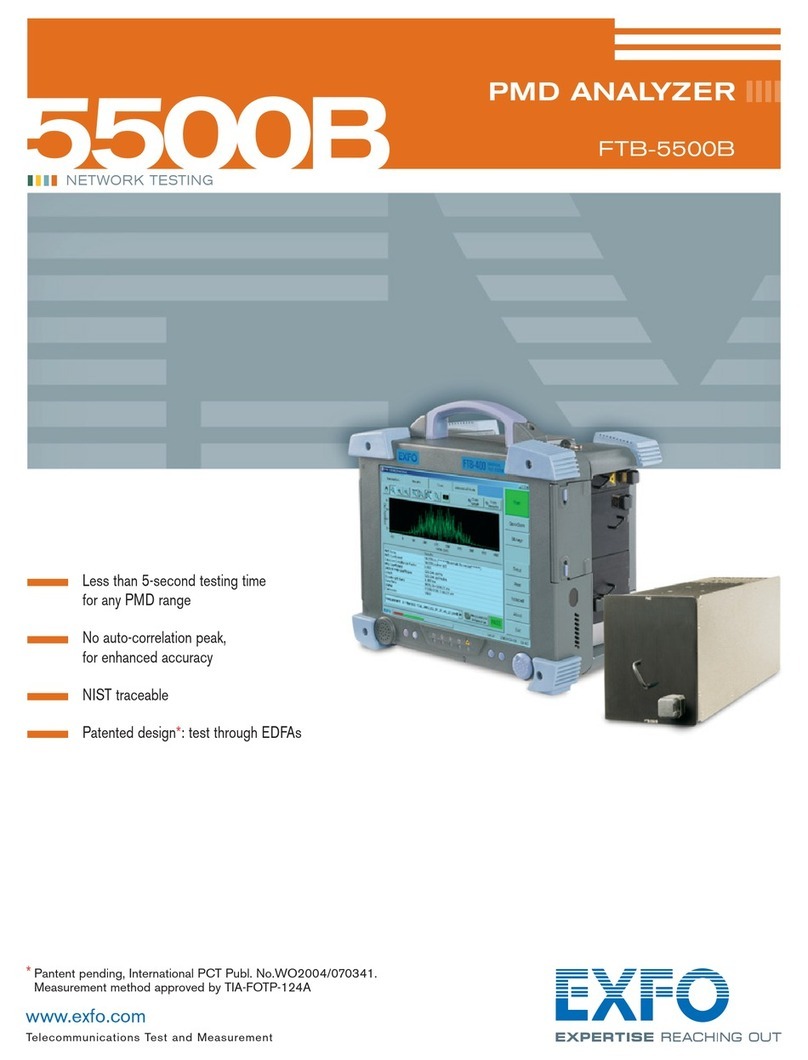
EXFO
EXFO PMD Analyzer 5500B User manual
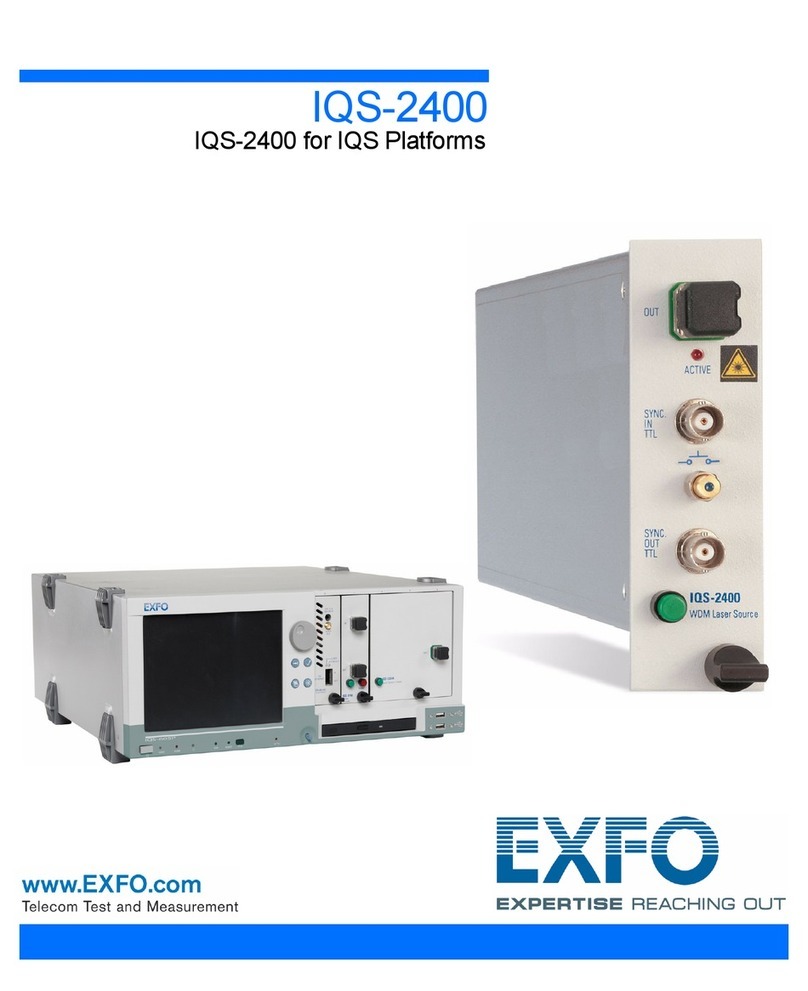
EXFO
EXFO IQS-2400 User manual
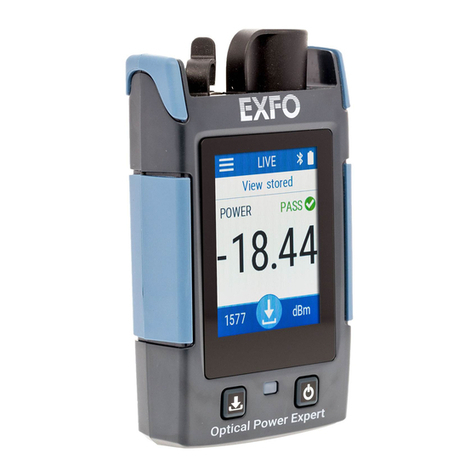
EXFO
EXFO Optical Power Expert User manual
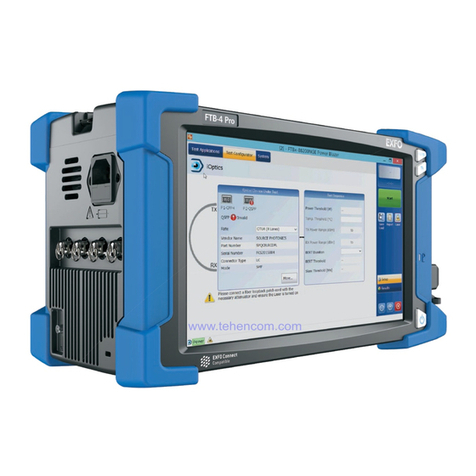
EXFO
EXFO FTB-2 Operation and maintenance manual
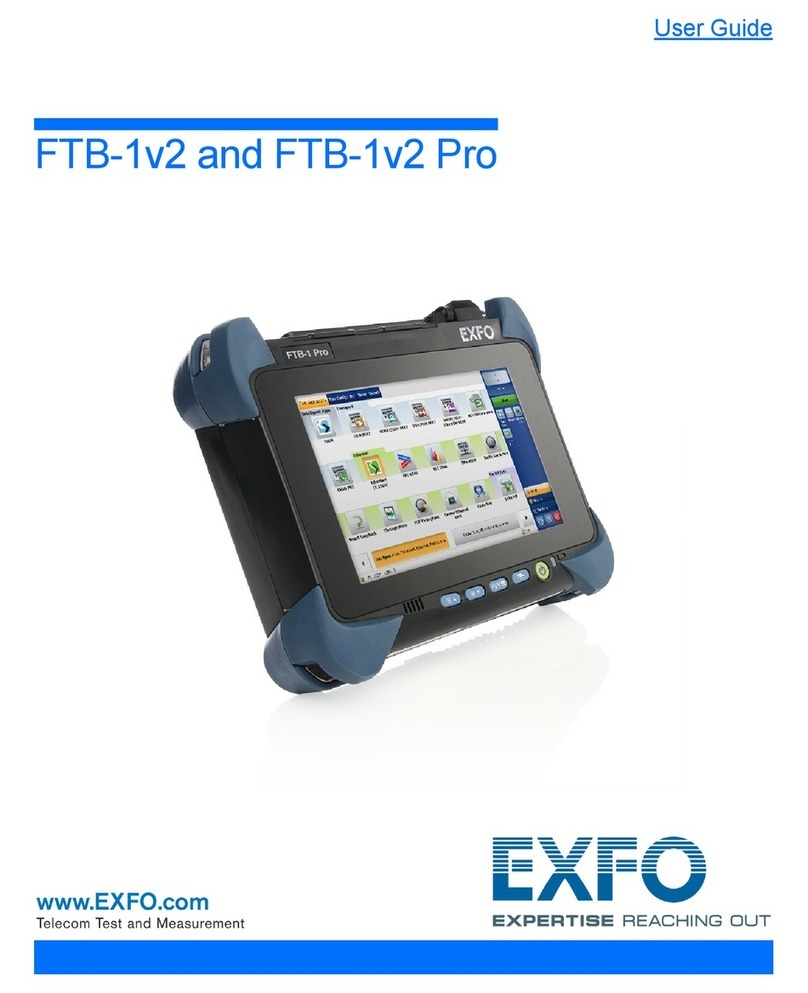
EXFO
EXFO FTB-2 Pro User manual

EXFO
EXFO OmniCure R2000 User manual

EXFO
EXFO LTK-1 User manual
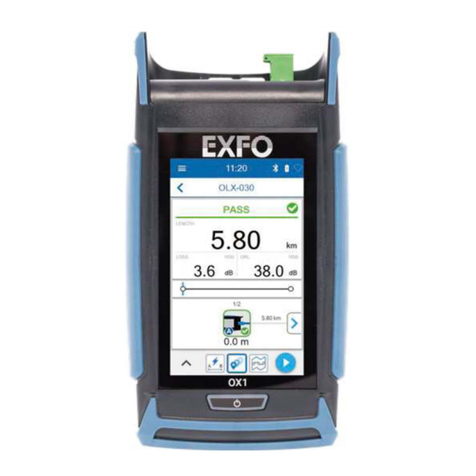
EXFO
EXFO Optical Xplorer OX1 User manual

EXFO
EXFO FTB-2 Operation and maintenance manual
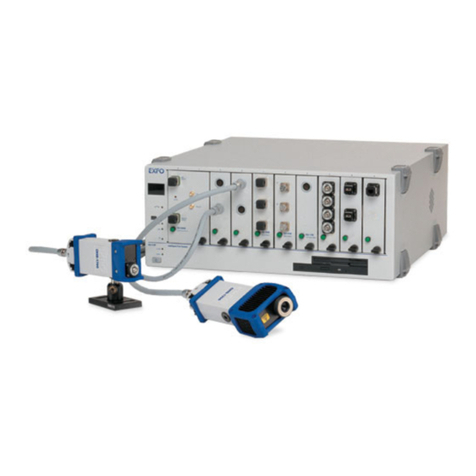
EXFO
EXFO IQS-1700 User manual

EXFO
EXFO FTB-2 User manual

EXFO
EXFO IQ-5500 User manual
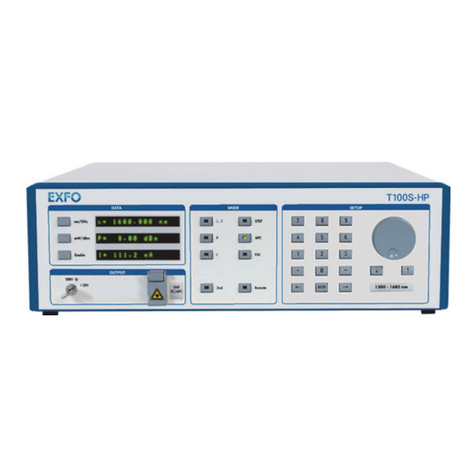
EXFO
EXFO T100S-HP Series Operating instructions
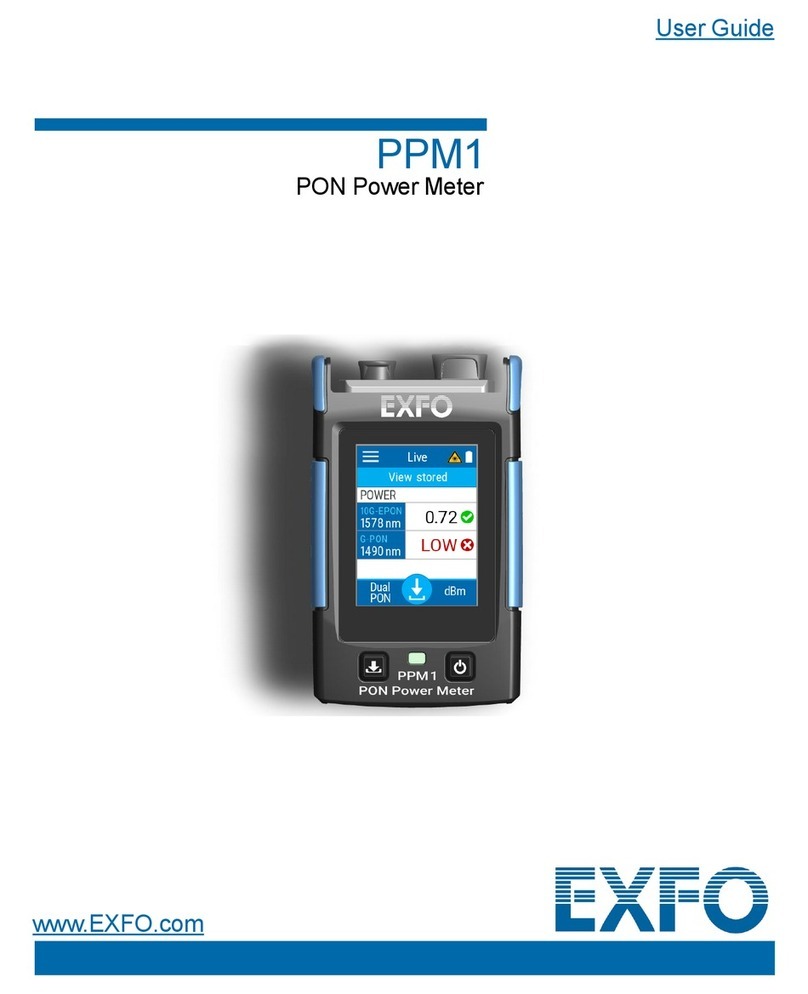
EXFO
EXFO PPM1 User manual
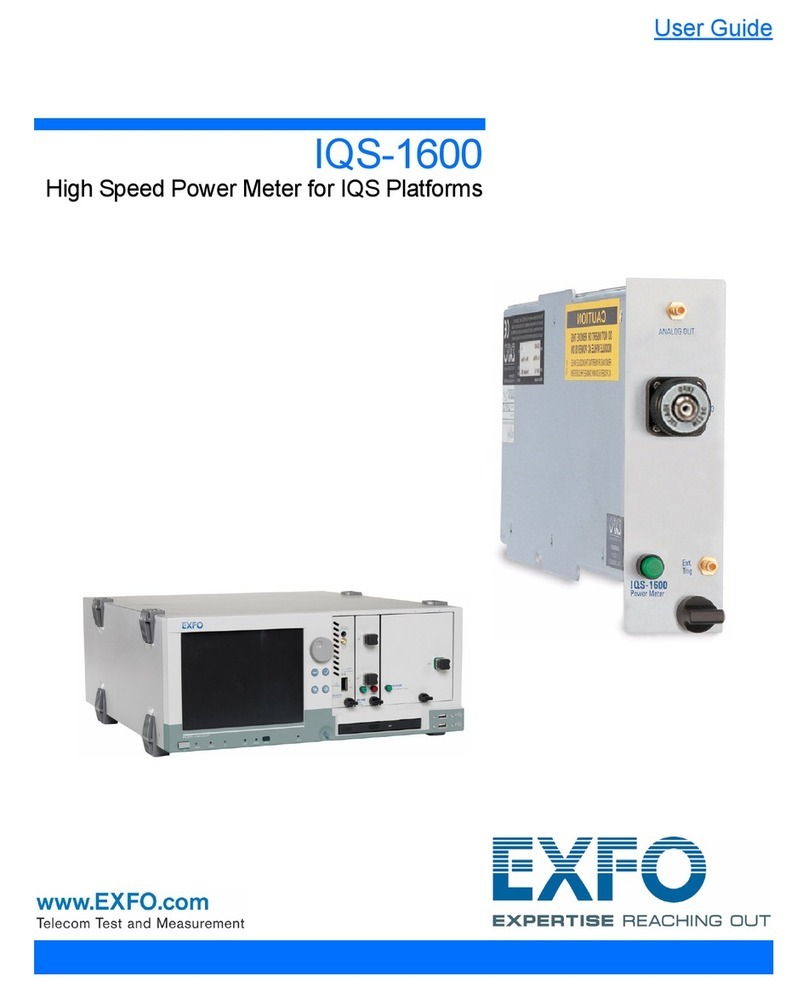
EXFO
EXFO USER GUIDE User manual

EXFO
EXFO FLS-2200 User manual

EXFO
EXFO ETS-1000G User manual
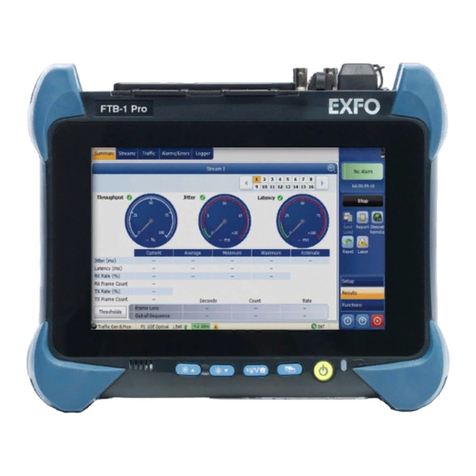
EXFO
EXFO FTB-1v2 Pro User manual
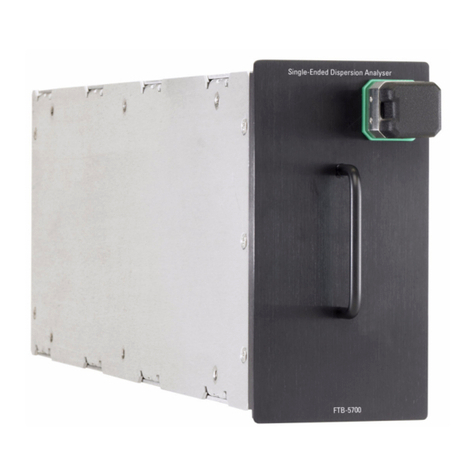
EXFO
EXFO FTB-5700 User manual
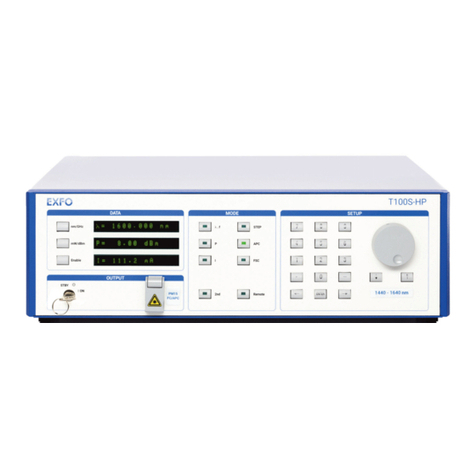
EXFO
EXFO T100S-HP Series User manual
Popular Measuring Instrument manuals by other brands
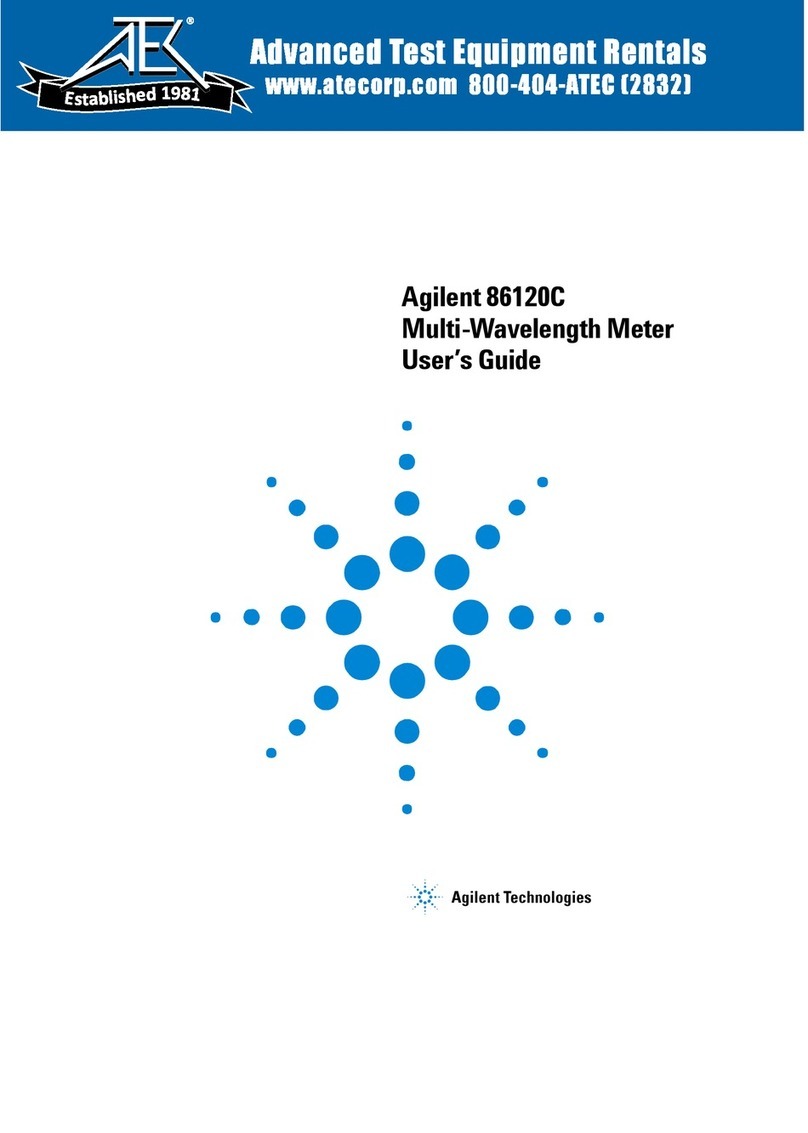
Agilent Technologies
Agilent Technologies 86120C user guide
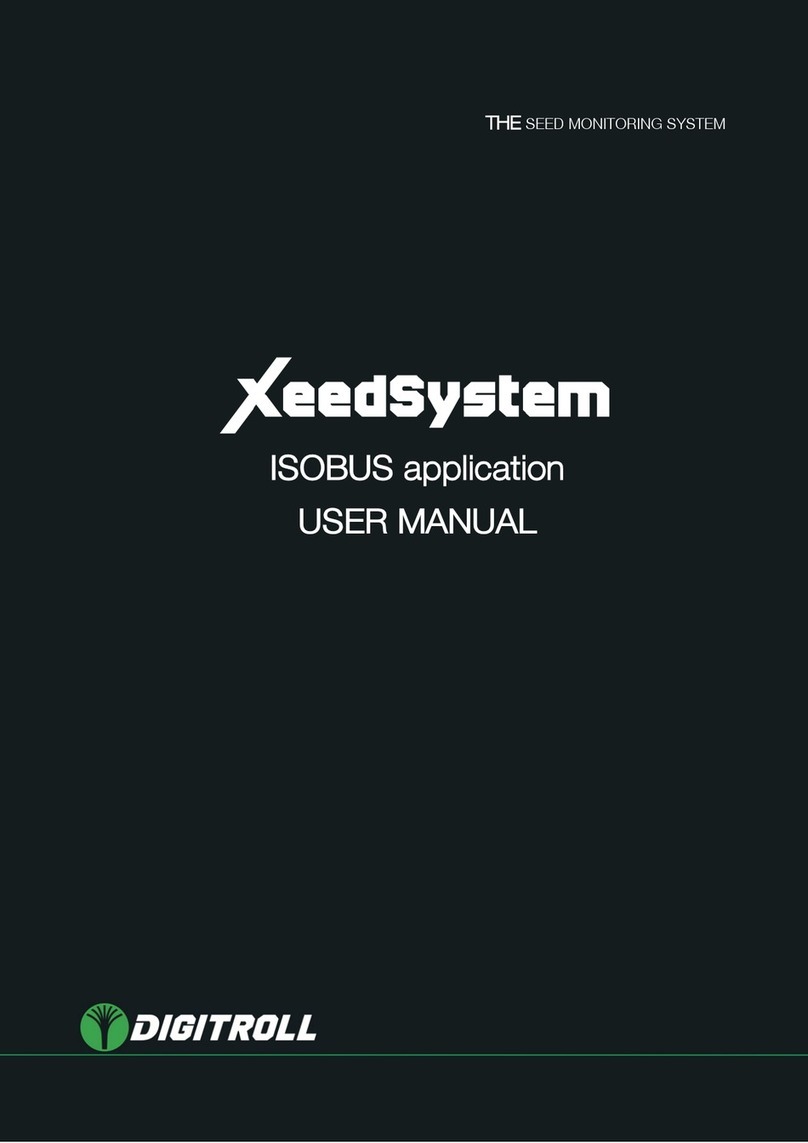
Digitroll
Digitroll XeedSystem user manual

Evoqua
Evoqua WALLACE & TIERNAN DEPOLOX 5 Series instruction manual
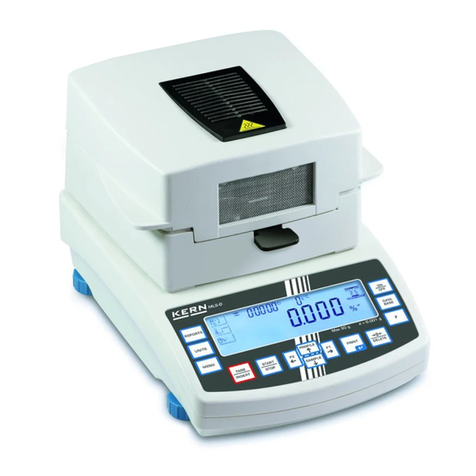
KERN
KERN MLS 50-3...N series Service manual
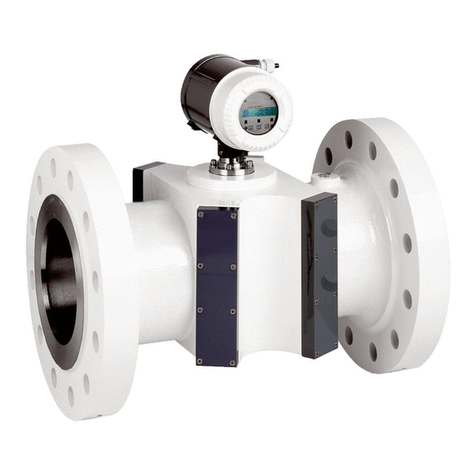
SICK
SICK FLOWSIC600 operating instructions
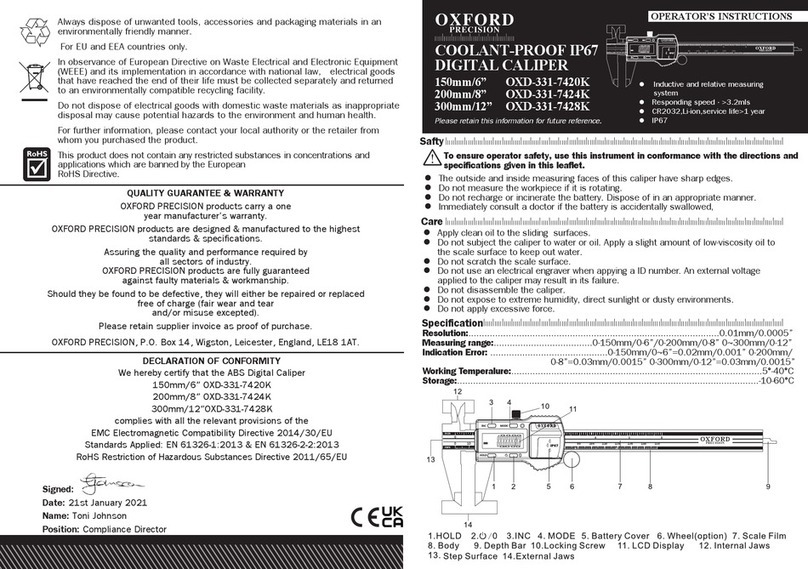
Oxford PRECISION
Oxford PRECISION OXD-331-7420K Operator instructions
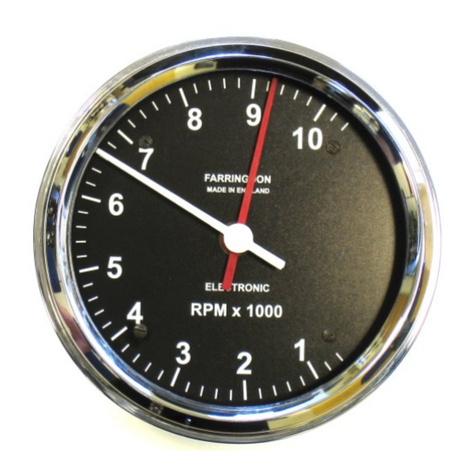
Farringdon
Farringdon RCA50 Series Installation and operating instructions
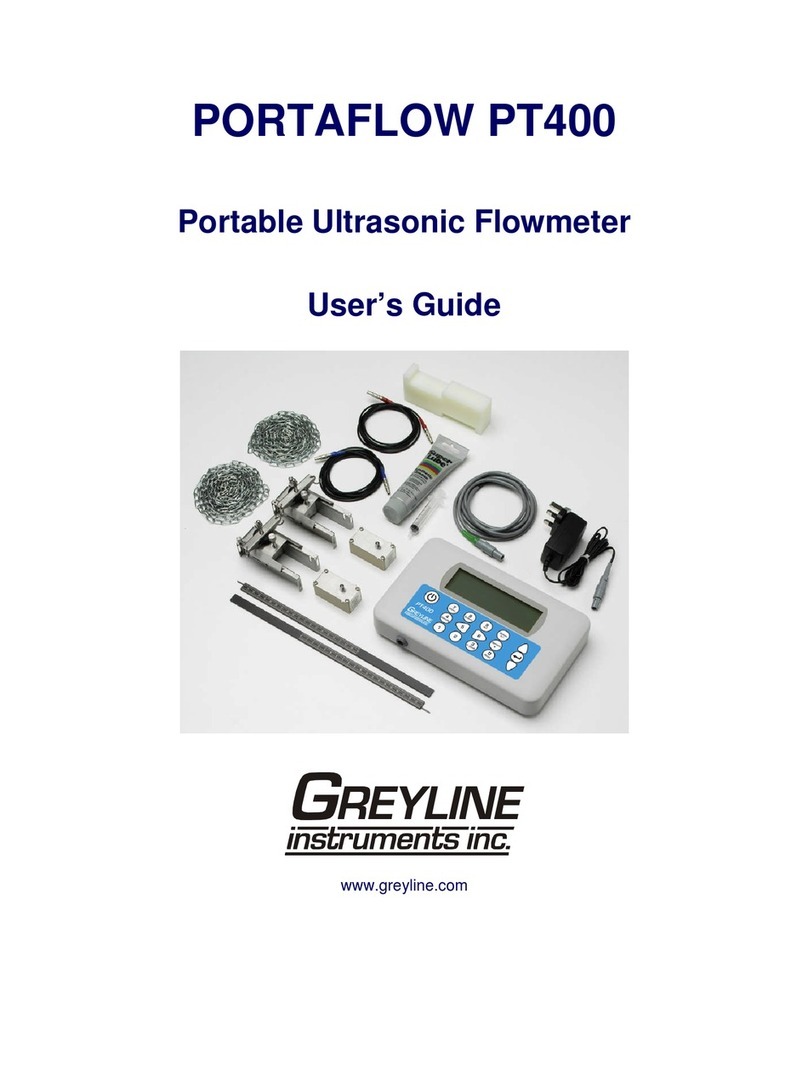
Greyline
Greyline Portaflow PT400 user guide

Gossen MetraWatt
Gossen MetraWatt PROFITEST PV 1500 operating instructions

ATAGO
ATAGO PAL-80S instruction manual
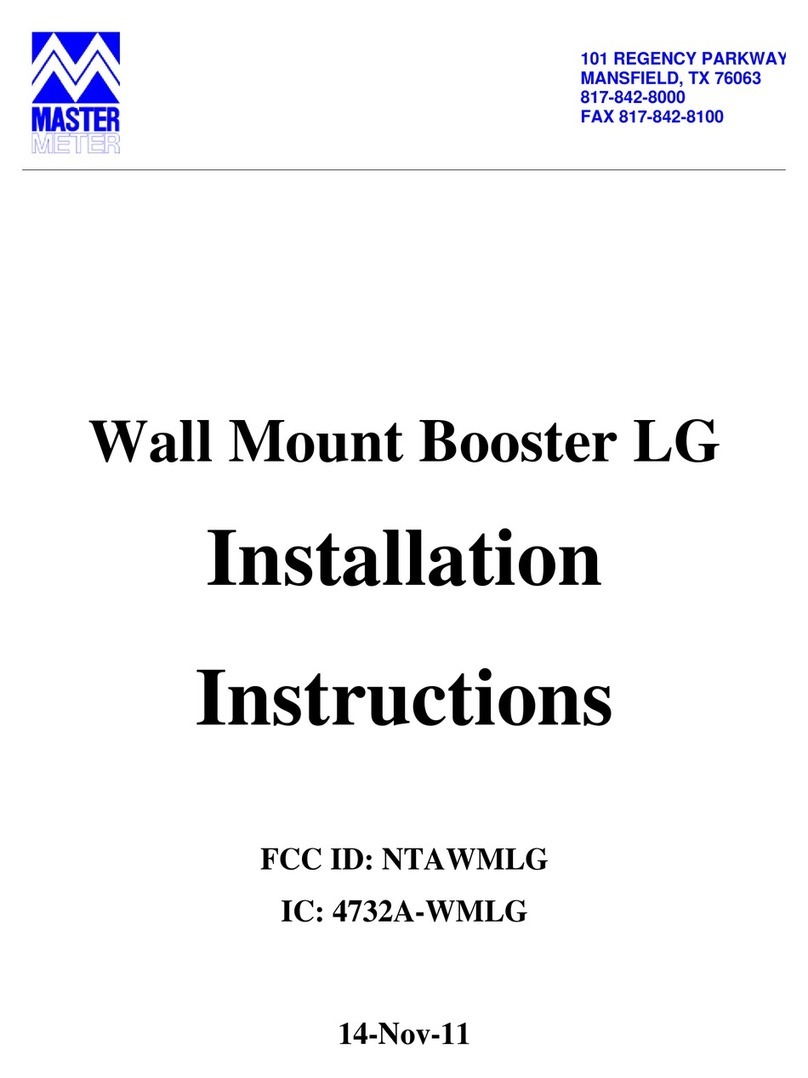
LG
LG 2WM-LG installation instructions
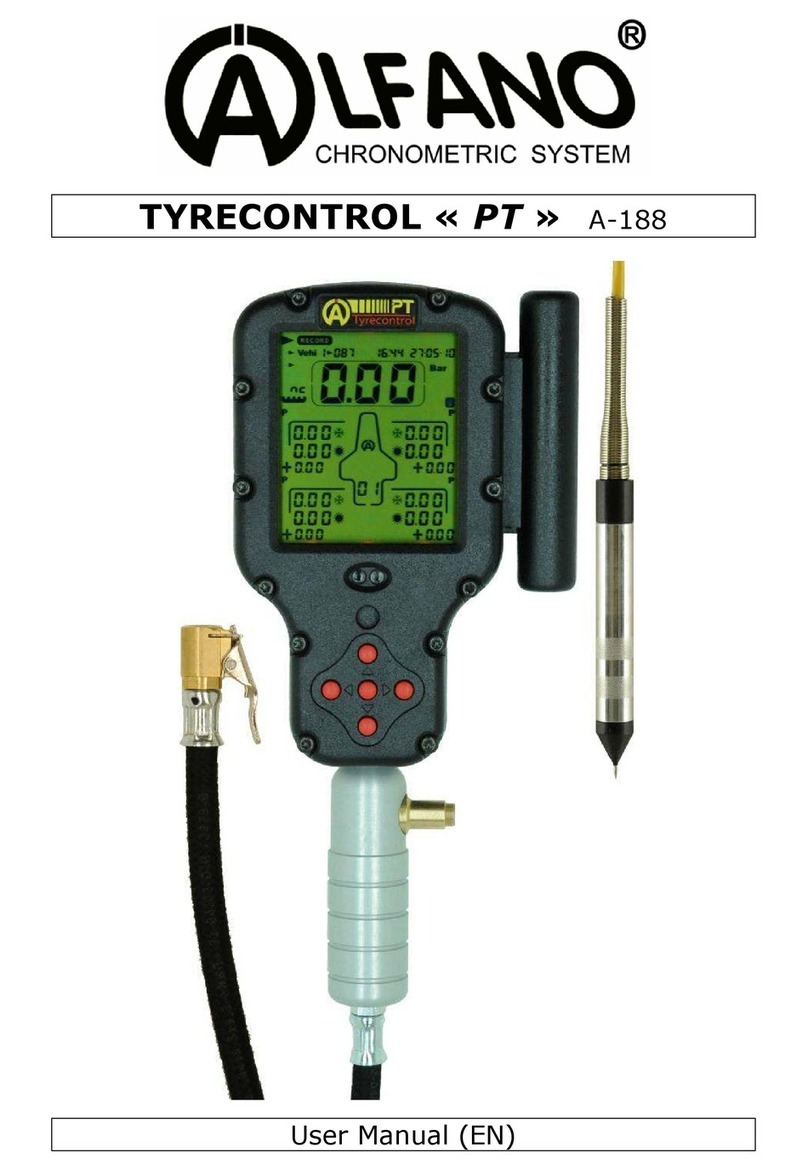
Alfano
Alfano TYRECONTROL PT user manual
